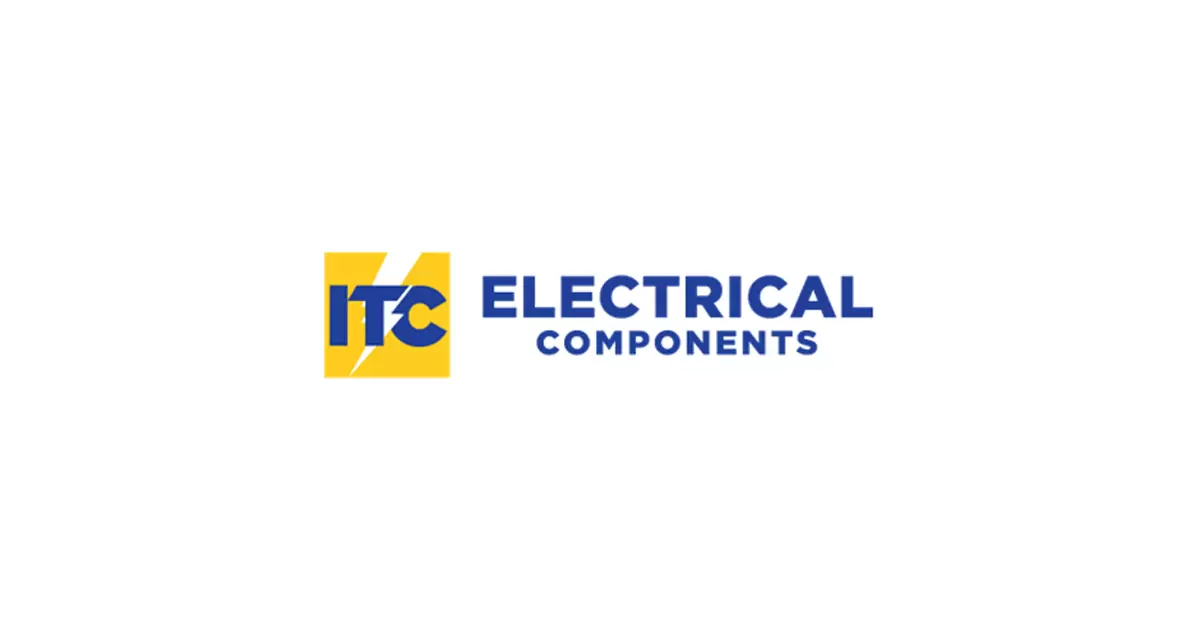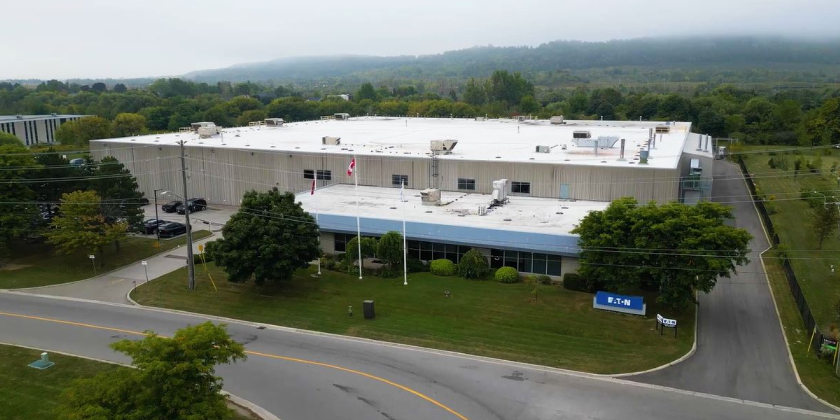Succession Planning – Part 2

Michelle Branigan
Last month we looked at the importance of succession planning, and what employers had told Electricity Human Resources Canada (EHRC) during our research into this topic. In this column we’ll look at the barriers and challenges, as well as some best practices.
What to avoid when implementing or running a succession planning strategy:
• Not integrating succession planning with other processes
Succession planning should be aligned first and foremost with the strategic business plan of the organization. Furthermore, for it to be effective, it should also direct development and career planning, hiring and staffing. Succession plans should also be informed by performance appraisals, formal and informal performance feedback, employee interests, existing skills, abilities and knowledge.
• Not getting buy-in or support from top management
Support from the CEO and from other top leaders of the organization is essential. Aligning succession planning with the business strategy means that not only will it be rolled out throughout the organization but that the positions and potential candidates identified in the plan will take into account the strategic direction of the organization, drive the organization’s development and growth and will contribute to a corporate culture that values the growth of its employees.
• Not communicating the succession plan to high potential candidates
High potential employees want to know that they are considered key to the future of the business. They are more likely to leave if they are not aware that they are considered an integral part of the organization’s business plans.
• Underestimating the potential of existing employees
Many organizations rely on external hires to fill the knowledge gaps or talent gap they have identified rather than look to high potential internal talent. Companies incur needless expenses and waste time consuming efforts to recruit externally when they could develop their internal resources.
• Focusing exclusively on technical skills
The technical requirements of a position will evolve with time. Focusing exclusively on the current technical skills required for a position may lead the company to identify candidates with strong technical skills but who lack the soft skills required to be successful in the position as it will be in 5 or 10 years (such as leadership skills, continuous learning, teamwork, etc.).
• Not offering training or development opportunities
Proactively engage employees in training or development programs and identify opportunities (courses, mentorship, job shadowing, lateral moves, etc.).I personally believe you never stop learning and that this is the responsibility of both the employer and the employee.
Best practices
So what works well? Some of the best practices that emerged as part of our research were as follows:
• Best practice organizations we spoke to have formalized the succession planning process, and include a succession planning policy with clear procedures and accountabilities along with a process for gathering and capturing data
• All best practice organizations have a process for identifying critical and vulnerable positions in the organization
• Most best practice organizations were dedicated to providing coaching programs and some have implemented training programs for identified coaches on coaching skills
• One organization has developed an online tool to identify key positions, the skills required, successors and readiness potential. The tool allows them to generate a variety of reports (e.g., a list of names in critical roles, ranking of replacements and position criticality, incumbent risk, and internal readiness)
• Most organizations have leadership assessment and leadership development programs that are working effectively. Some organizations have implemented external coaching programs for manager’s to learn how to be an effective coach, and other organizations have both external and internal leadership development programs for new managers
When looking to develop and implement succession planning processes:
• ensure you have leadership buy-in from the very beginning
• be cognizant of your company’s culture and how the process may fit into that culture
• Do not underestimate the amount of time it will take.
• Call it what it is. Don’t be afraid to have the conversation. There is often a fear that if we’re having that conversation something is wrong, and finally,
• Development is at the core of a good succession plan. Develop internally and provide opportunities and incentives for your teams
In summary — start planning, have the conversation with your teams and be an organisation that provides opportunities and incentives for success.
Missed the first article? Read it here: http://www.electricalwholesaler.electricalindustry.ca/latest-news/667-succession-planning-why-is-it-so-important?utm_source=newsletter&utm_medium=email&utm_content=114&utm_campaign=2015-04-16.
Michelle Branigan is CEO, Electricity Human Resources Canada; http://electricityhr.ca.
















